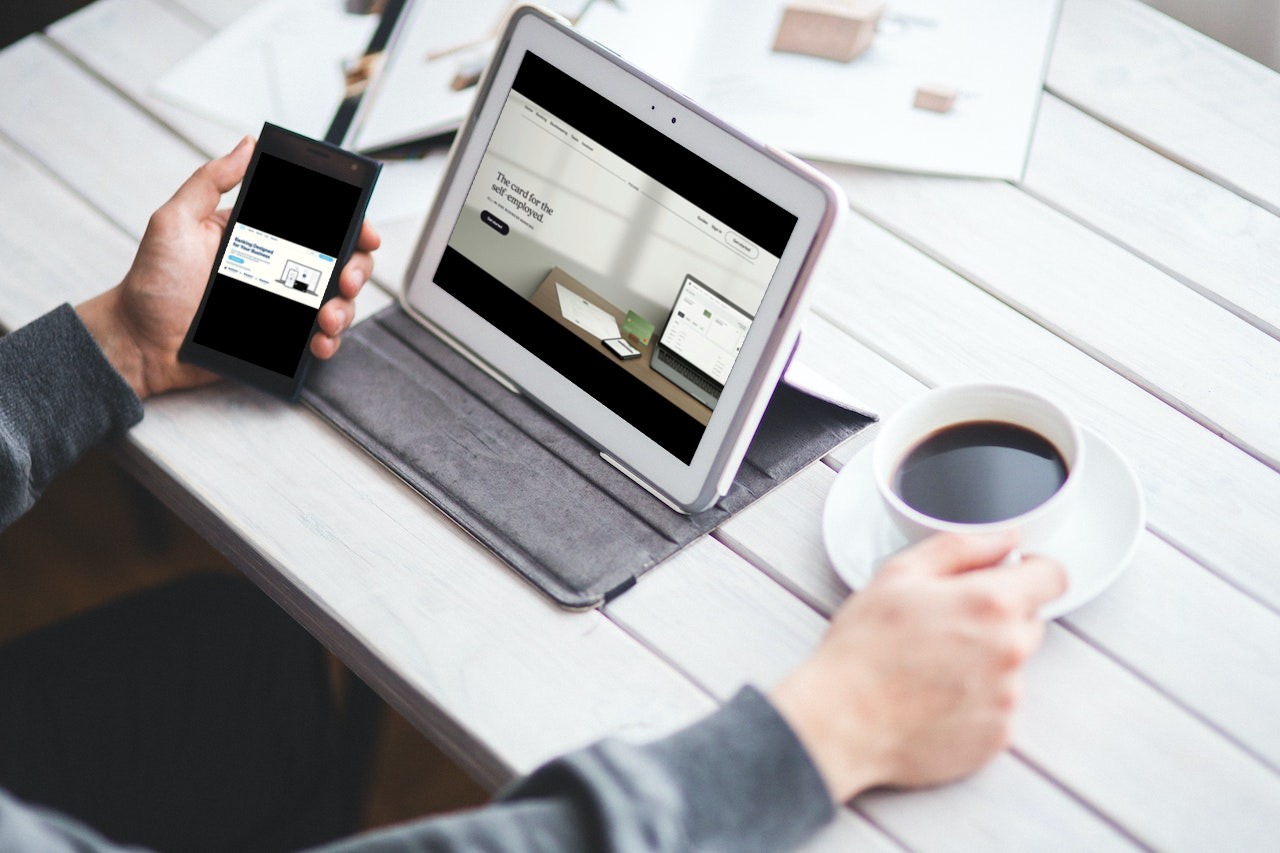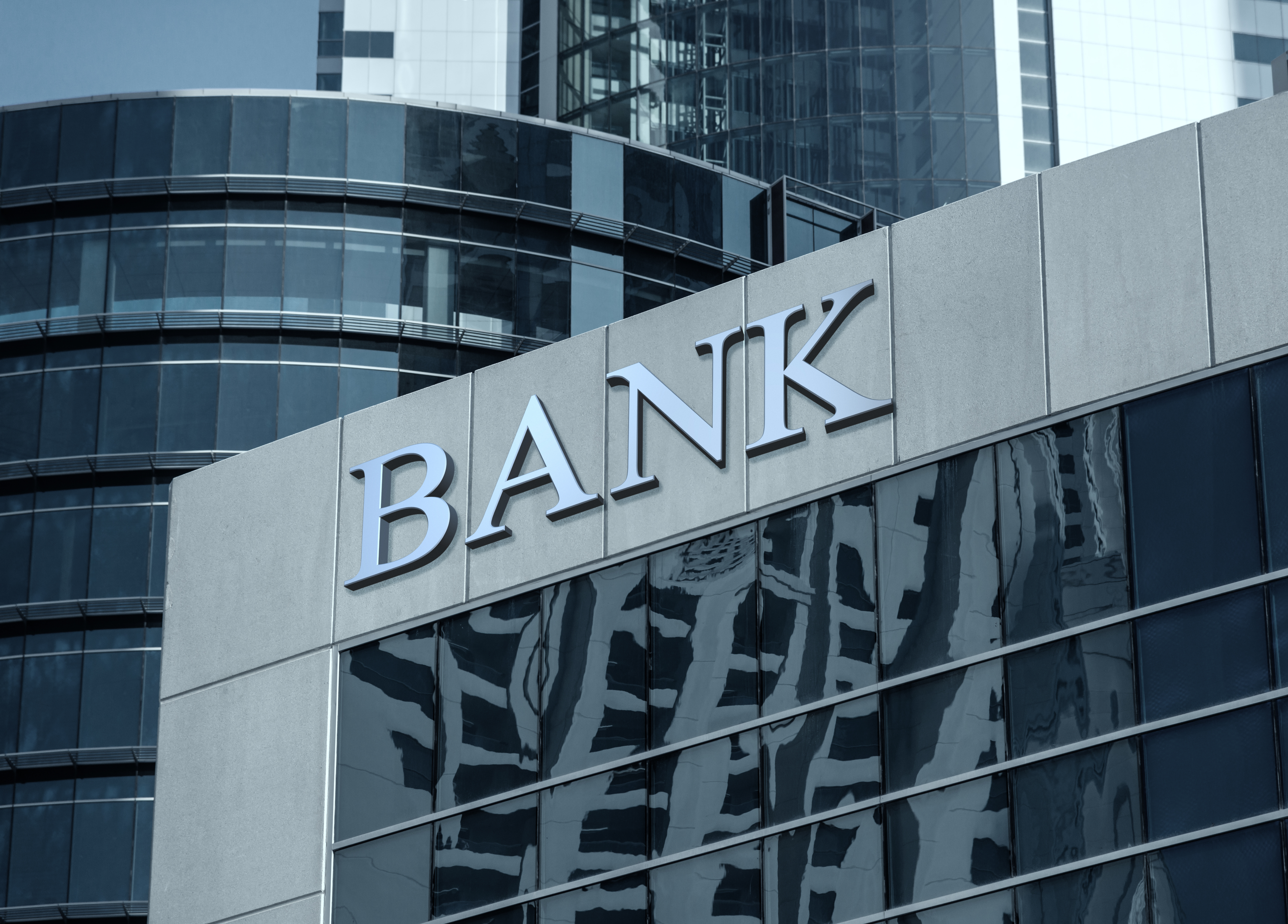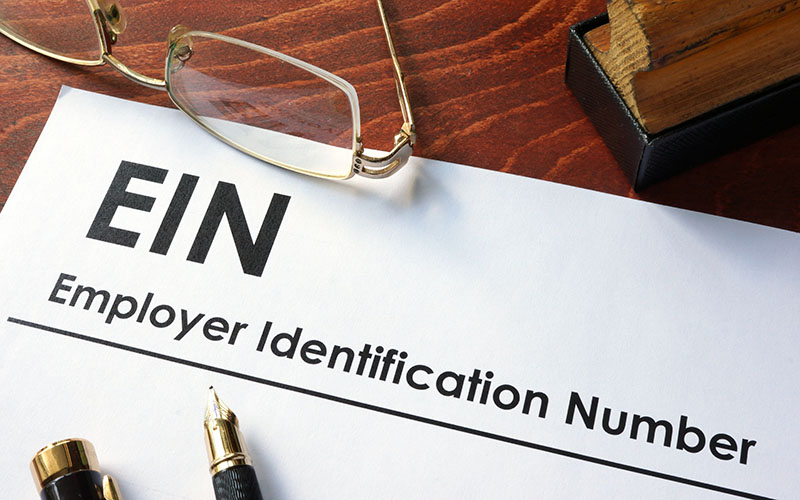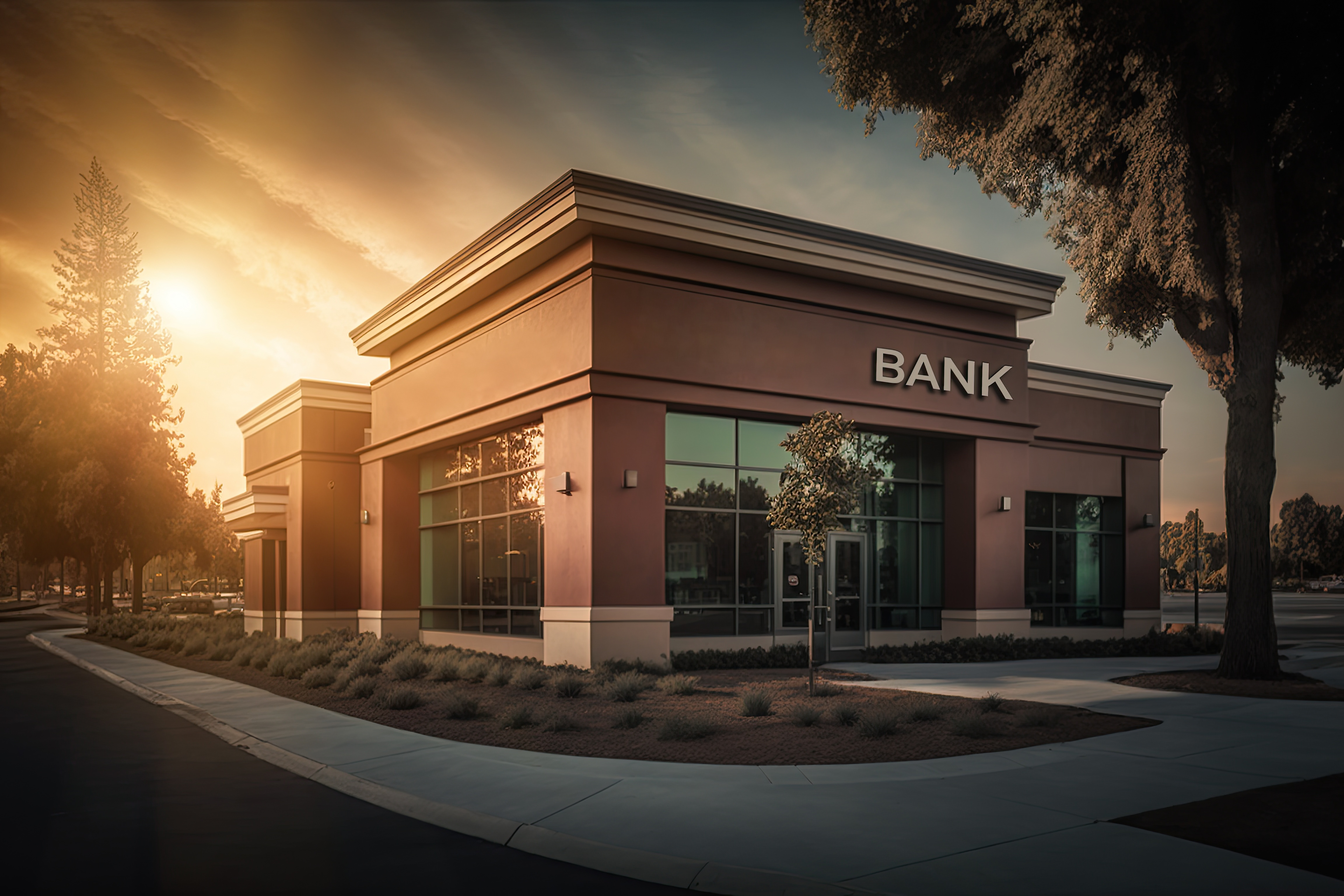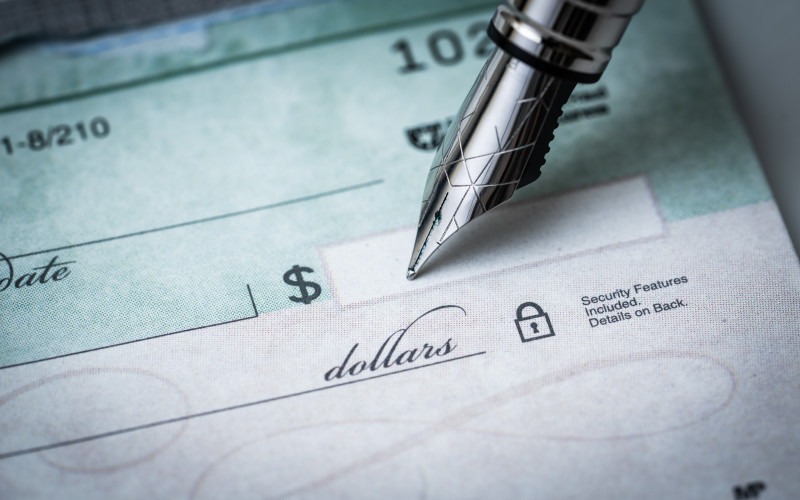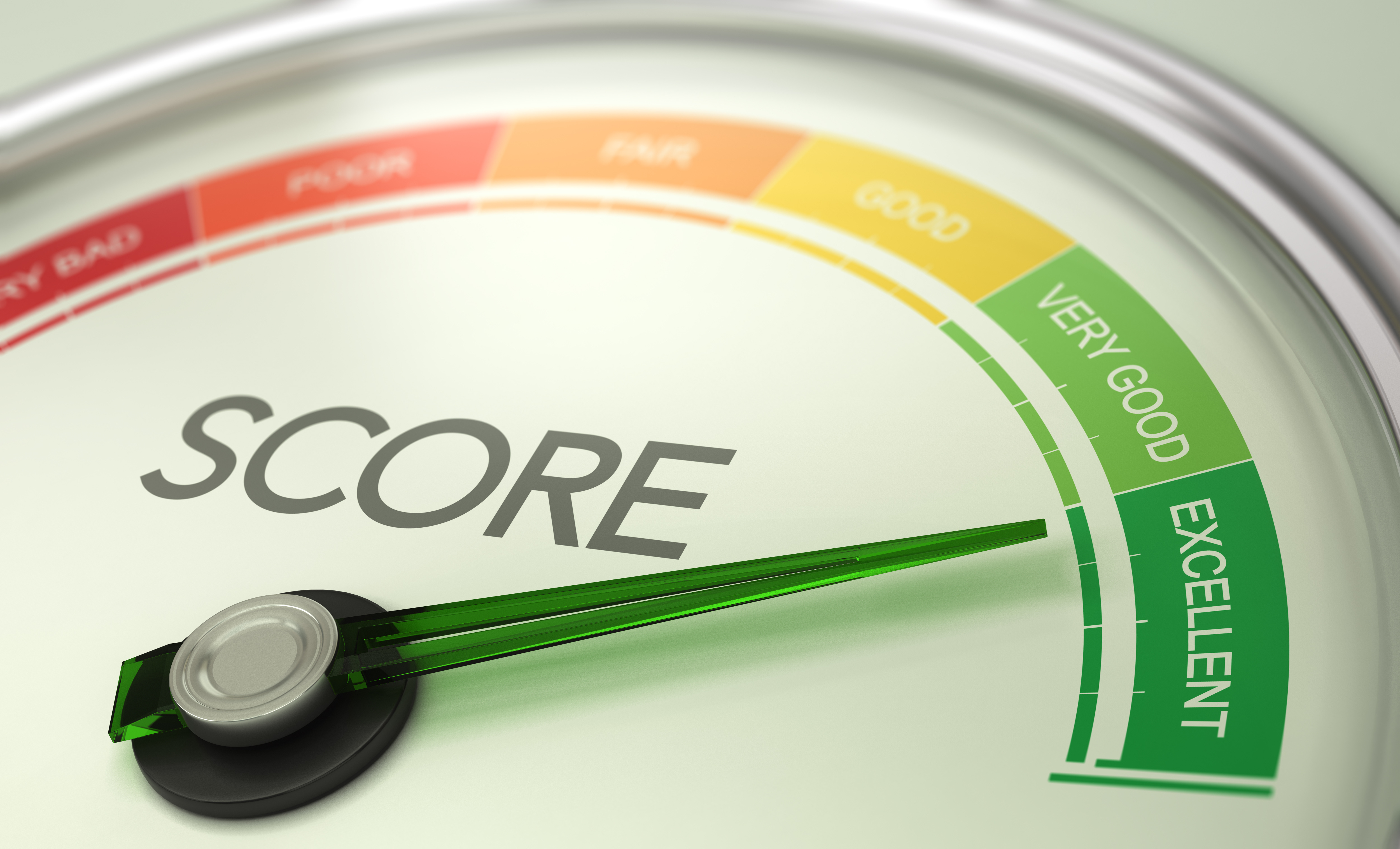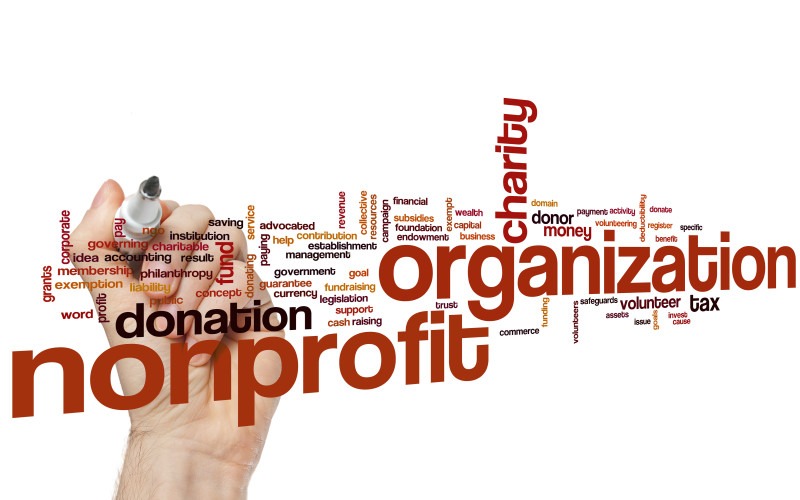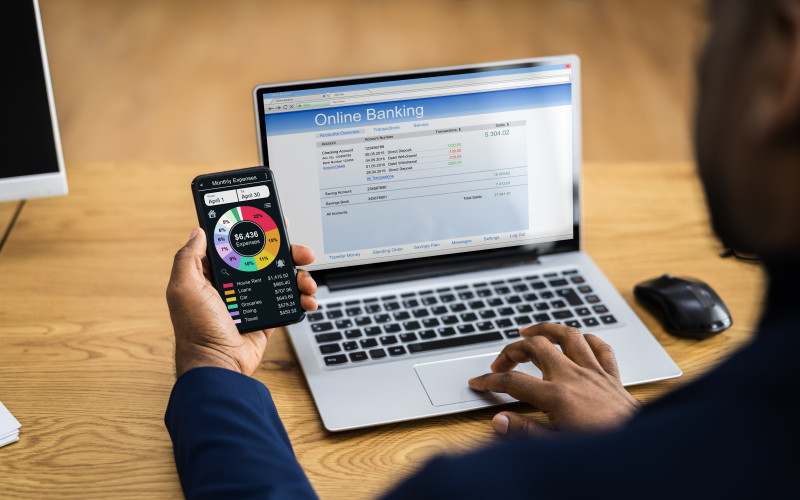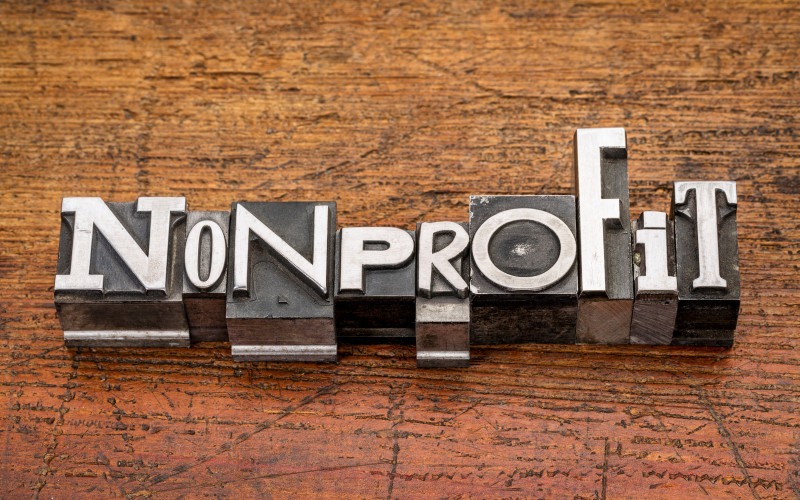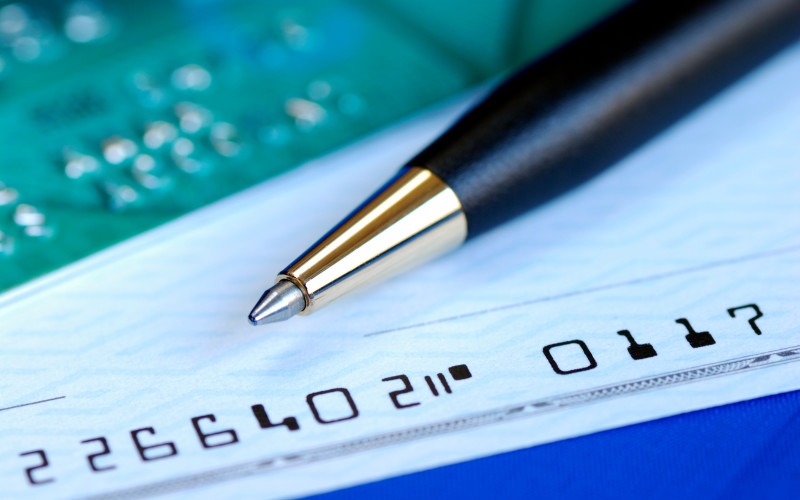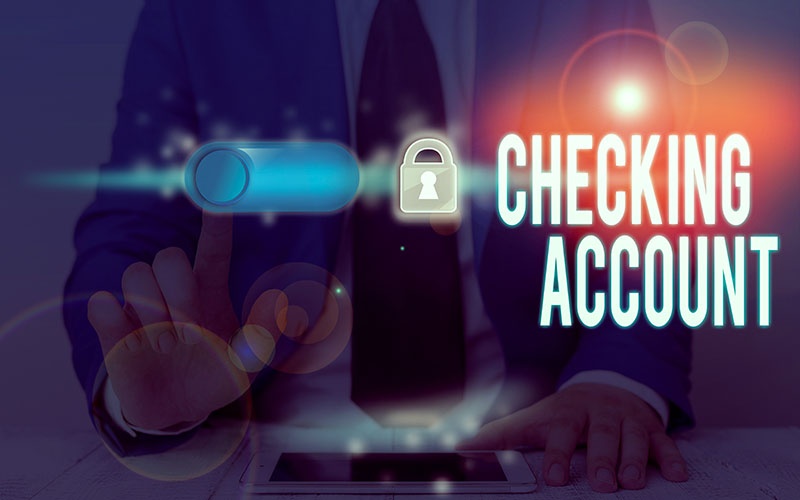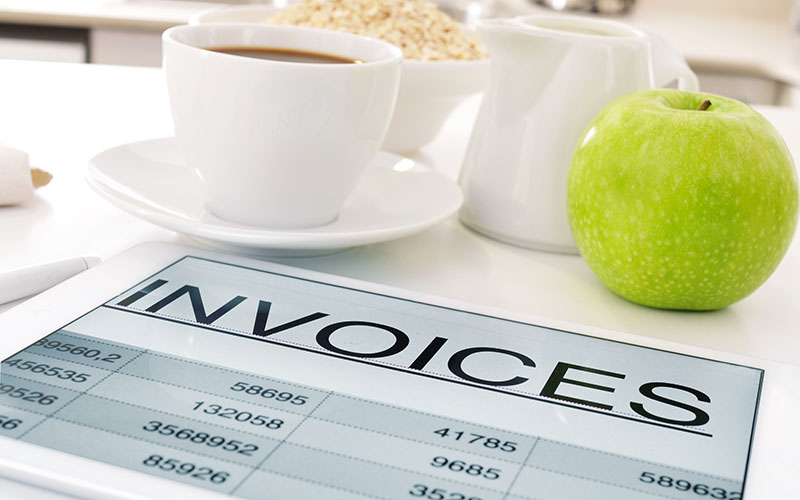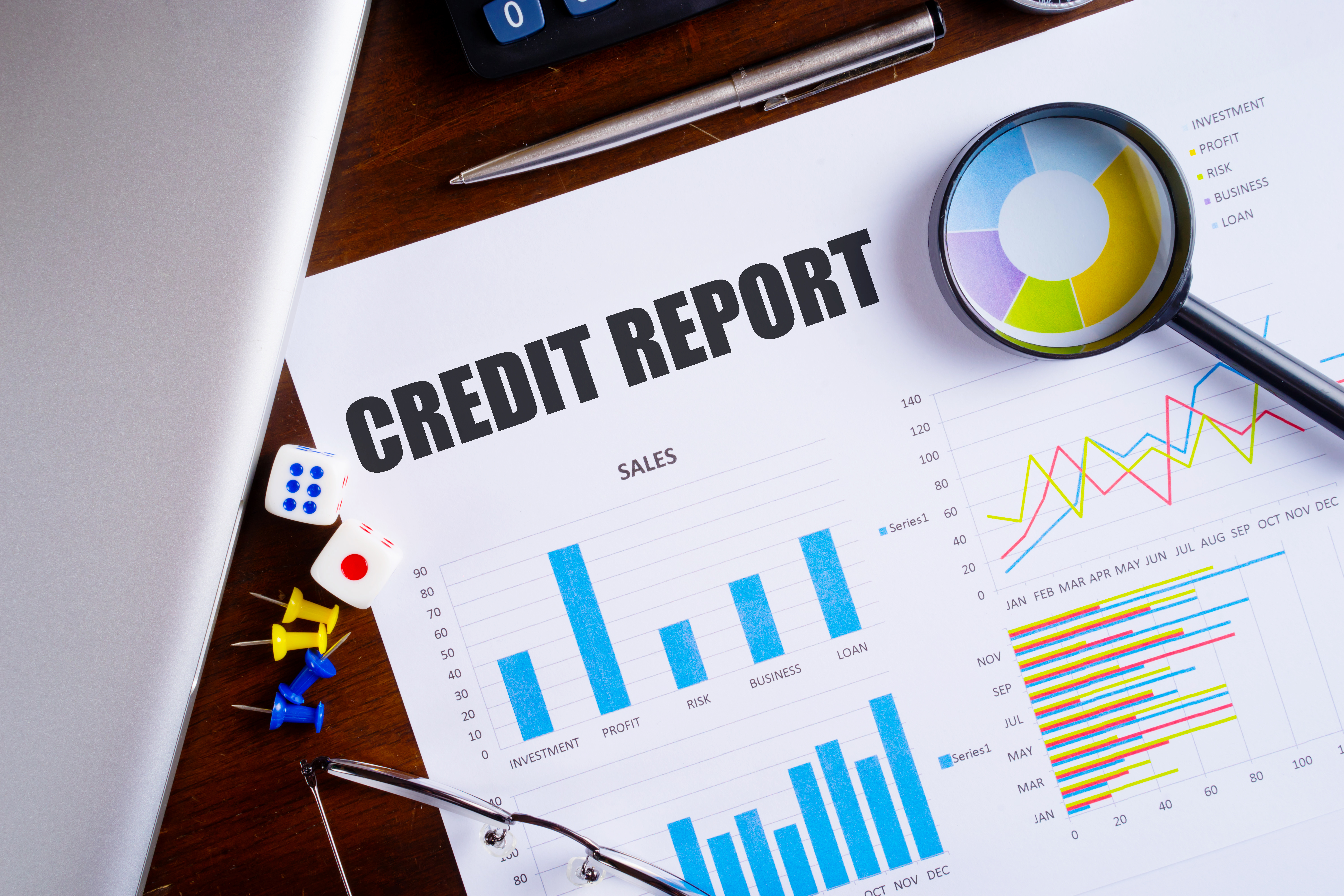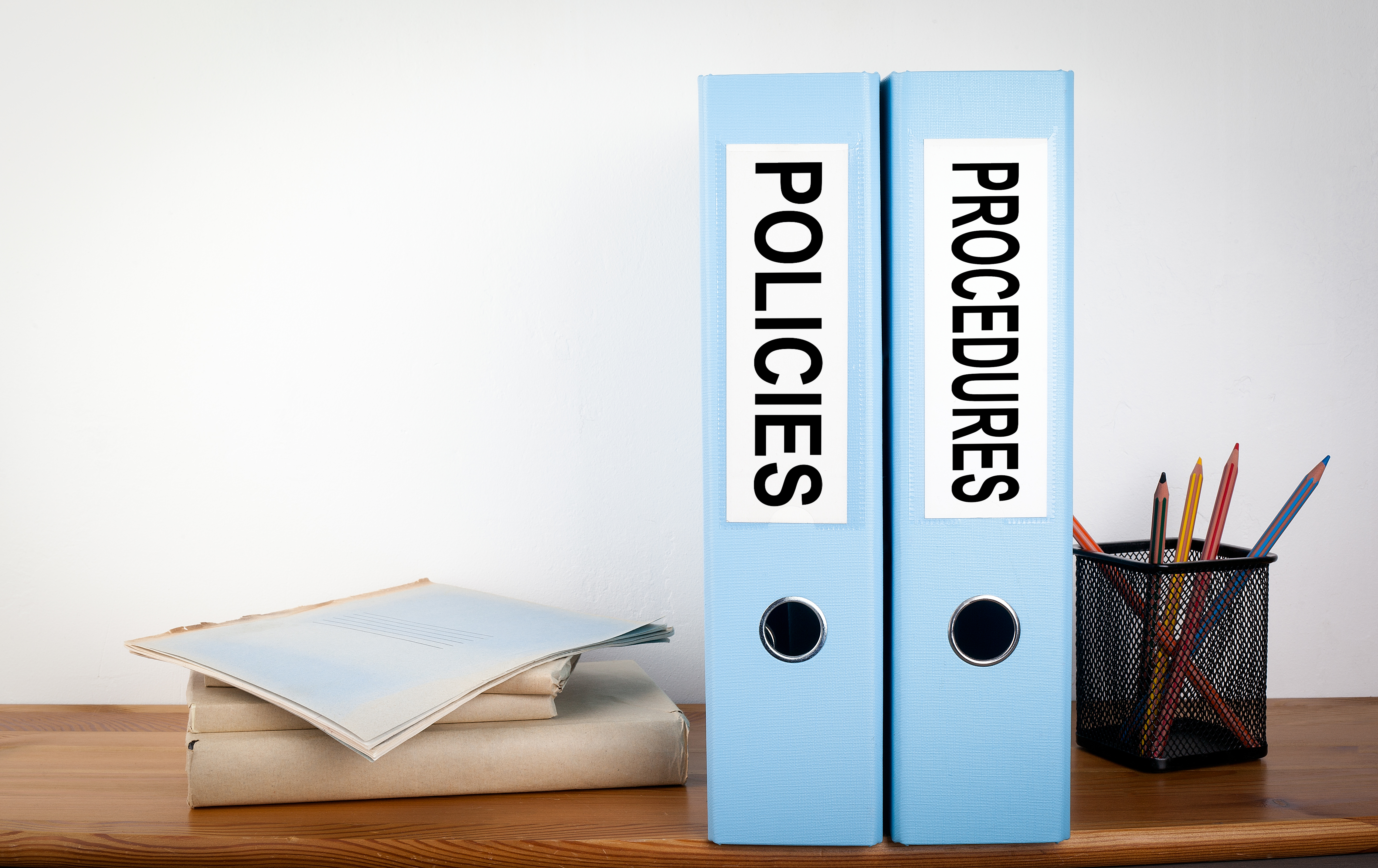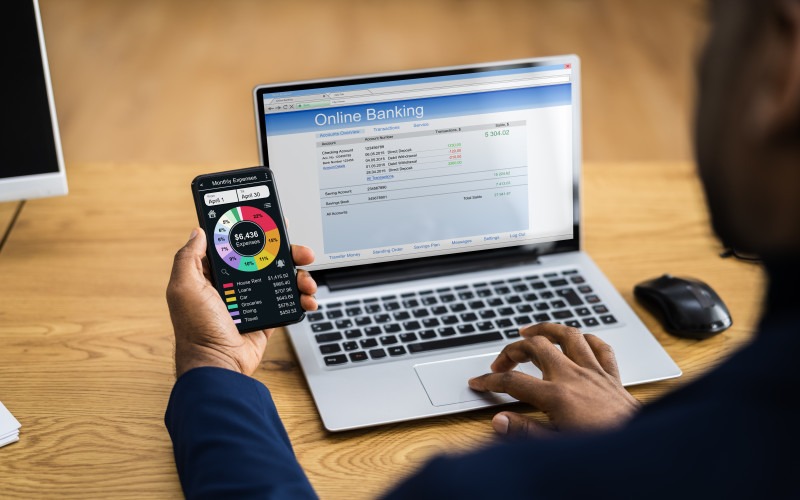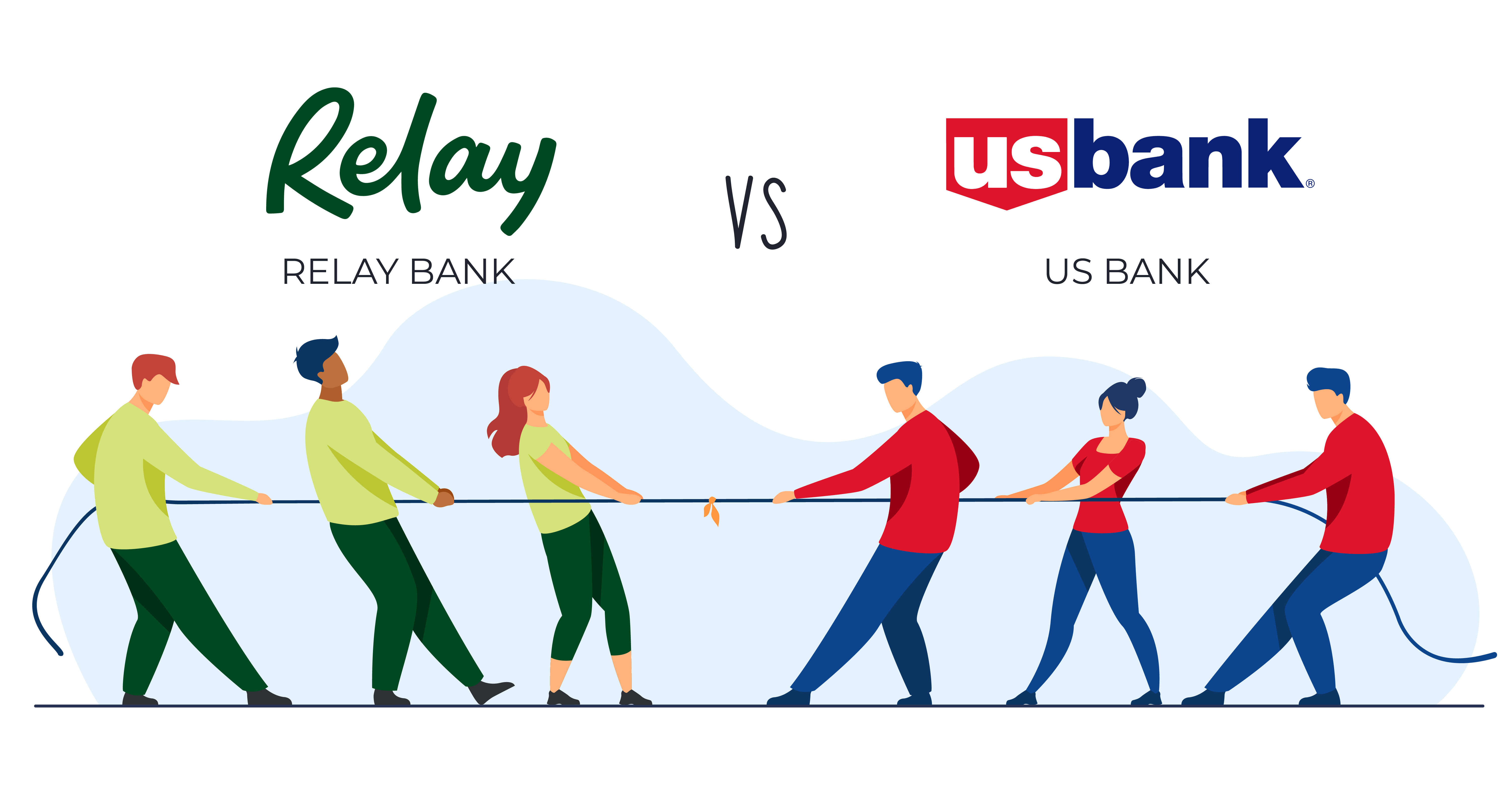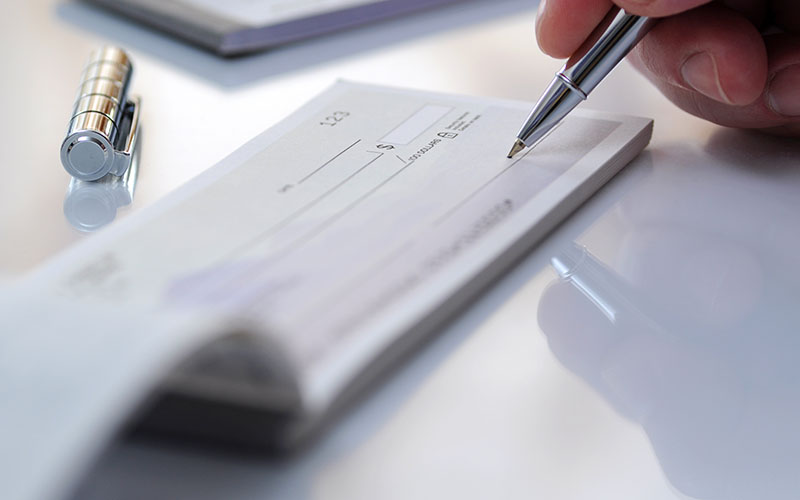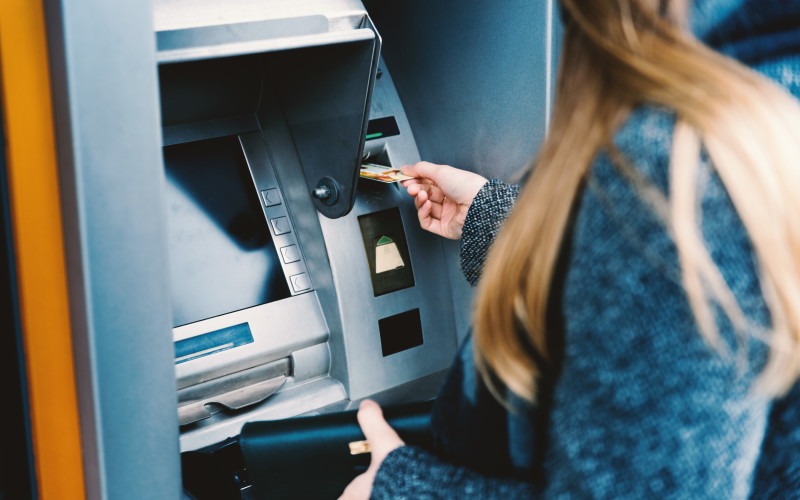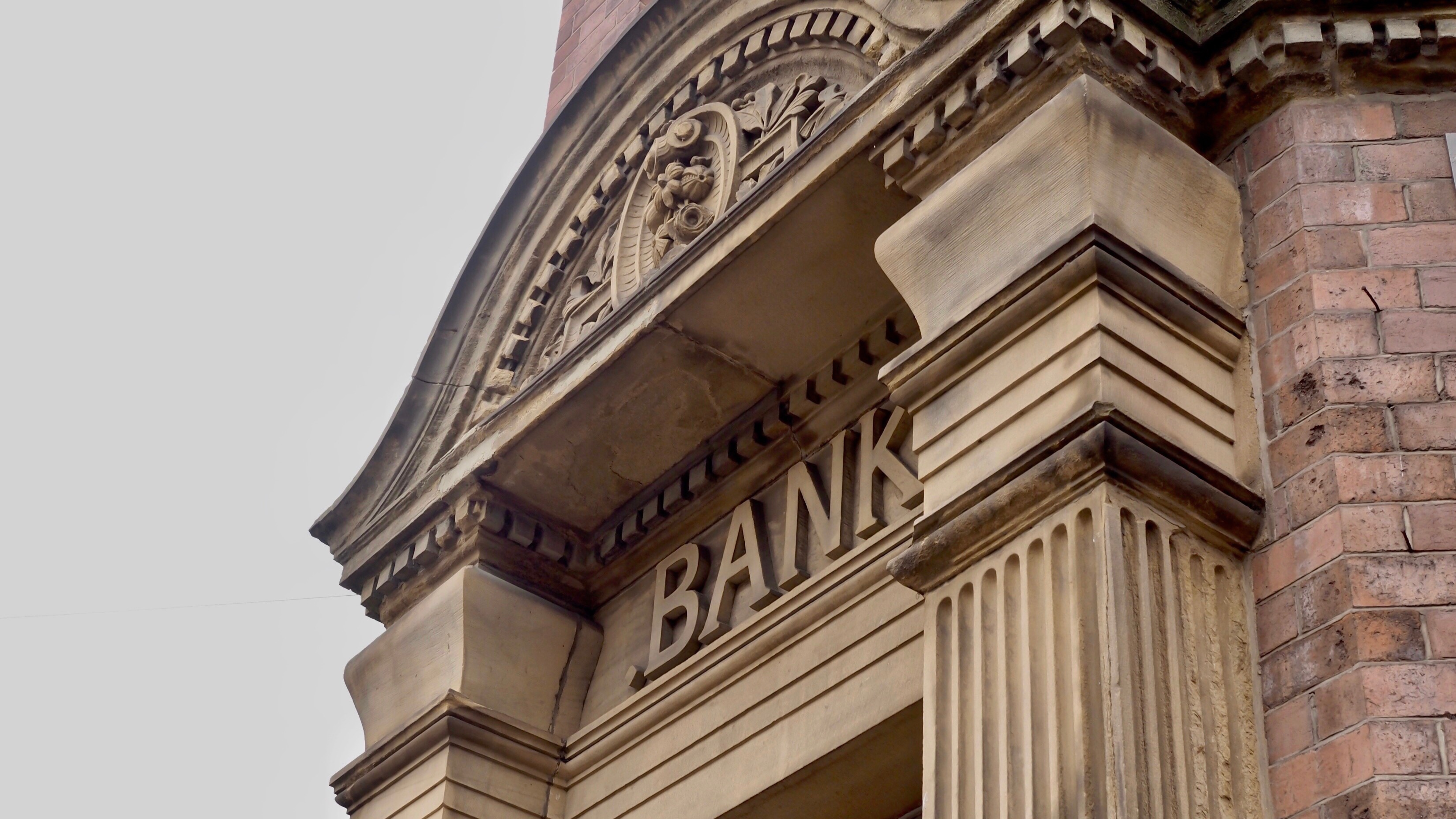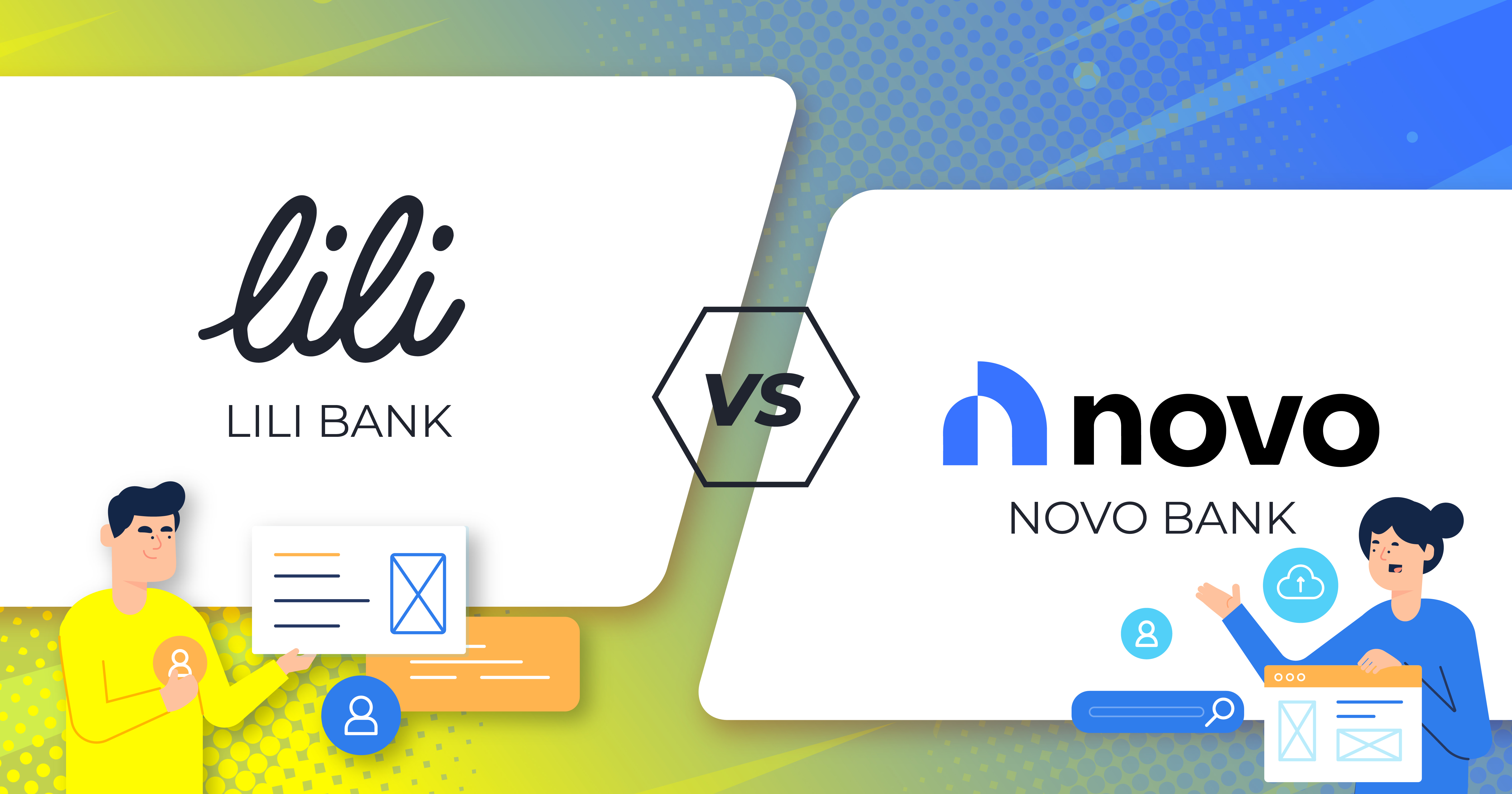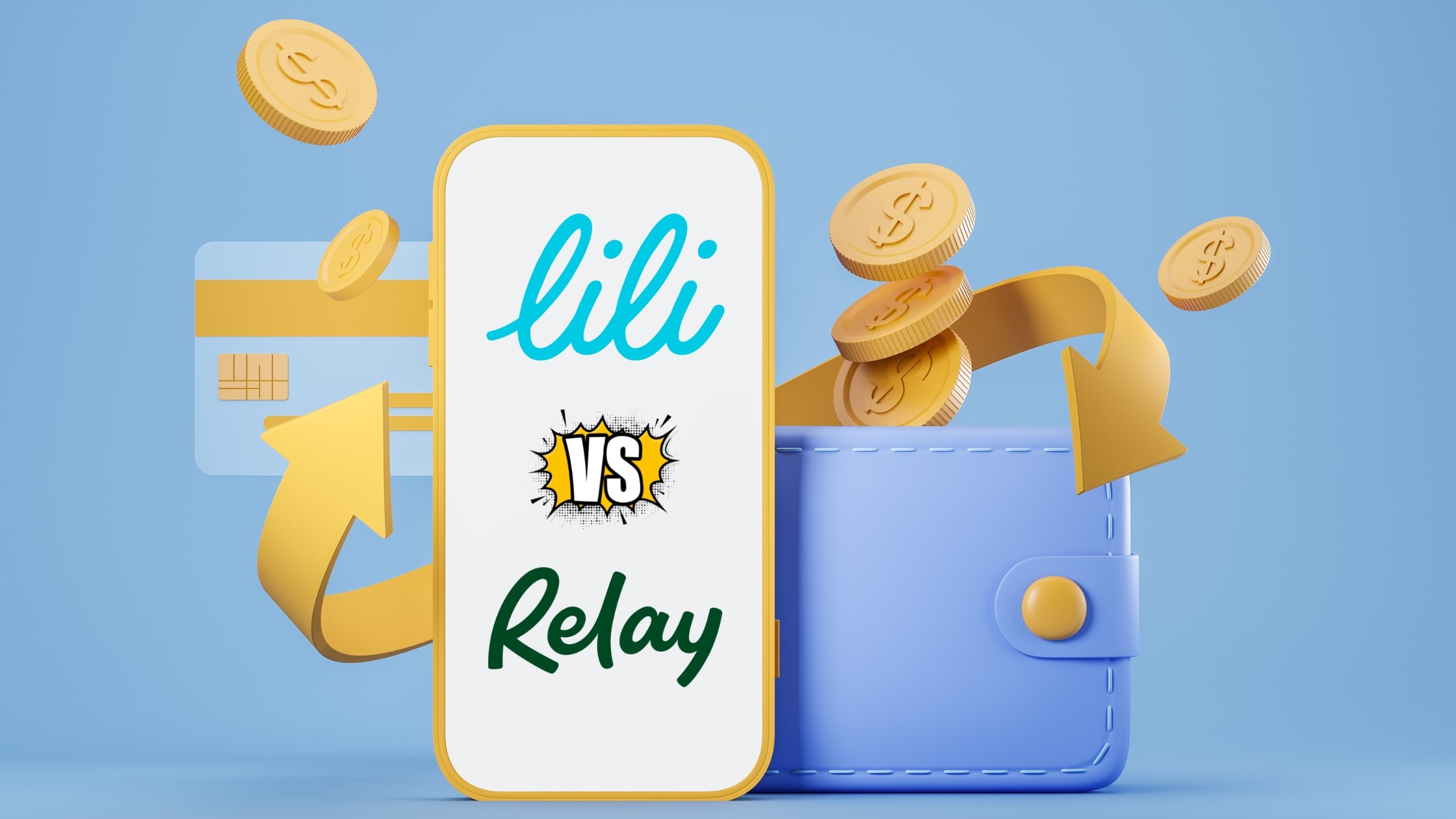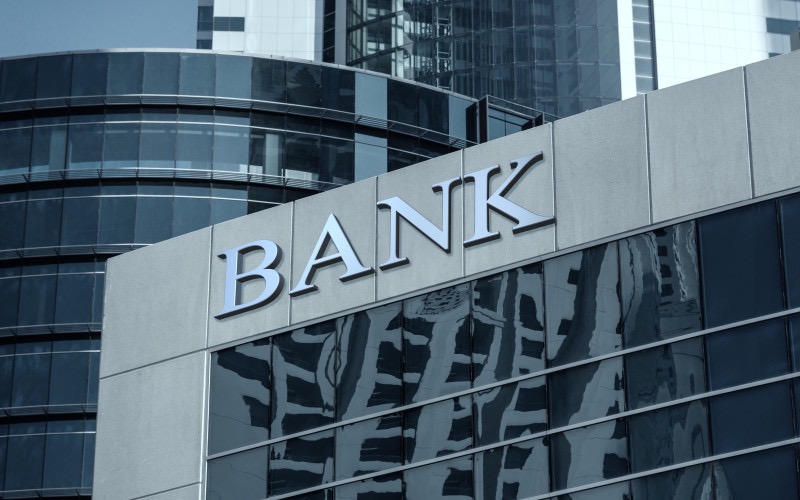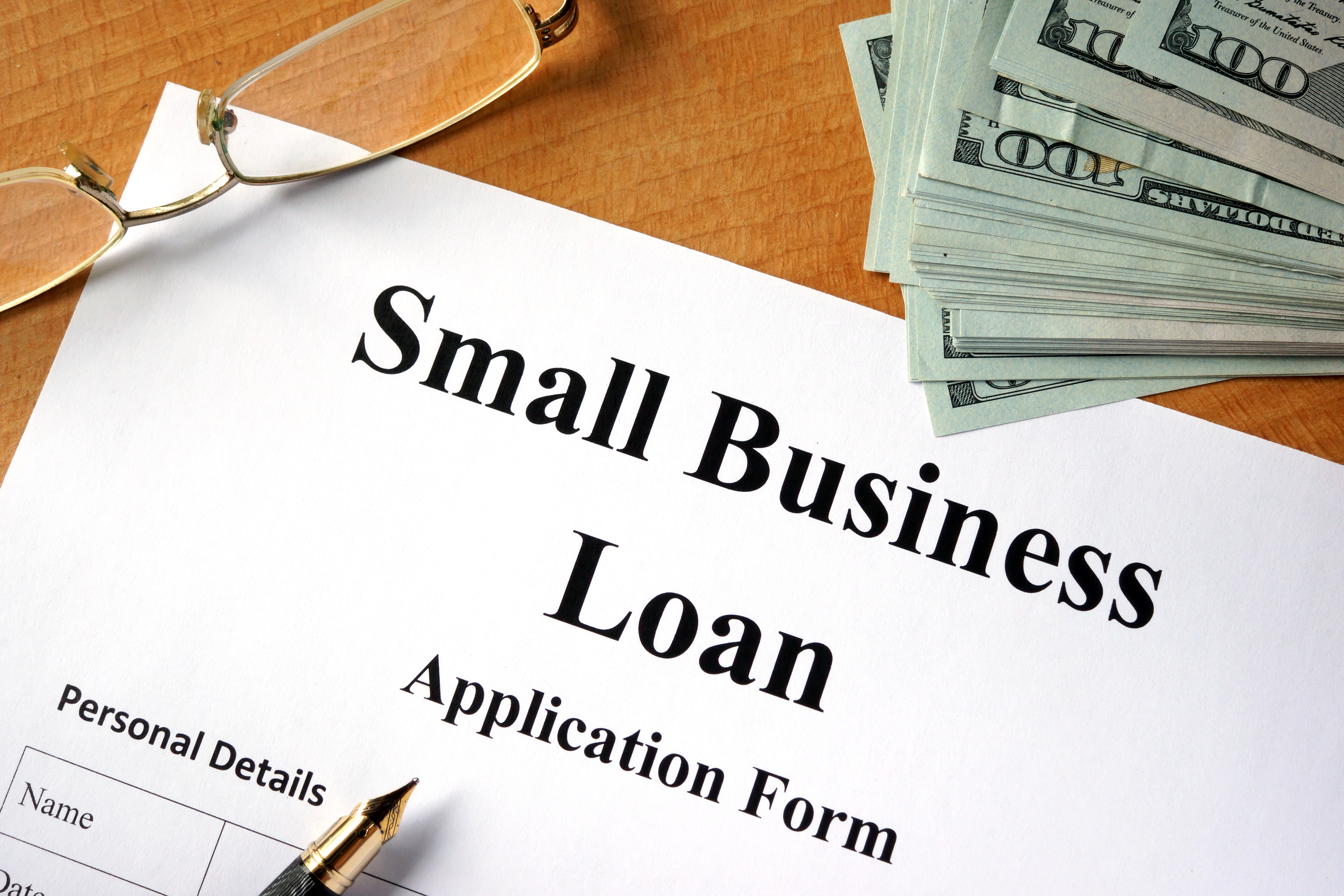- Home
- Business Banking
- Does Your Business Account Have Cash Flow Problems? Here’s How Overdraft Protection and Lines of Credit Can Help
Does Your Business Account Have Cash Flow Problems? Here’s How Overdraft Protection and Lines of Credit Can Help
Key Takeaways
- Implement strategies in your business checking account to avoid costly overdrafts and fees, which is crucial during economic downturns
- Link a savings account, credit card, or line of credit for overdraft protection to ensure payments are covered and avoid excessive fees
- Use lines of credit as flexible tools to manage unpredictable expenses, with options available based on your business’s creditworthiness
- Monitor and strategically use lines of credit to prevent financial crises and cover short-term cash needs without accruing long-term debt
- Negotiate terms of overdraft protection and lines of credit to better suit your financial needs, potentially lowering interest rates and improving repayment conditions

Is your business losing money to bank fees from overdrafts, NSFs, late payments and other unnecessary charges? Smart planning with your business checking account can help.
It’s always bad when you have less money in your business bank account than the amount of money coming out. Before you find yourself in that situation, you can set up ways to minimize the harmful effects of overdrafts and fees from the banks. The pandemic and subsequent economic downturn proves the need for business owners to always be prepared for challenging times, so you don’t find yourself or your business in a bind.
Overdraft fees make any hits to your account much worse. For example, if your account has a zero balance and three expenses come in for $10, $3, and $5, that doesn’t seem too bad. You owe $18. It’s the overdraft fees that worsen the situation. Most banks charge an average of $35 per overdraft incident. That turns an $18 overdraft into $123 – the $18 actual expense plus $105 in fees.
When you add charges for non-sufficient funds, excessive transactions, wire transfers, and out-of-network ATM fees, the amount can really add up. And when this happens, it makes it harder to recover quickly.
It’s not just cash problems your business can experience when you’re getting hit with exorbitant bank fees. You’re putting your reputation as a reliable, trustworthy organization at risk too. Suppliers and vendors may no longer extend credit or beneficial purchase terms if you’re bouncing checks, and you may even lose customers if they think you’re on shaky financial ground.
Below, we explain the benefits of overdraft protection, discuss lines of credit, and show how to maximize your cash flow when times are tough.

Understand the Basics: Overdraft Protection
Simply stated, overdraft protection is a cushion for your business checking accounts that protects you from bank fees when you spend money you don't have. This includes if your checking account balance is too low to cover checks, automatic payments, e-transfers and any other debits.
When a business owner signs up for overdraft protection, they link another bank account, credit card, or line of credit to that business account. This ensures that if more money comes out than they had planned for, they are protected from going into a negative balance and from having overdraft fees attached to the overspending.
It’s a guarantee that payments will clear even if the account drops below zero. While it is never great to be in this scenario, it is best that you take steps to protect yourself and your business from non-sufficient fund charges and bounced check overdraft fees.
What is a Line of Credit?
A line of credit is essentially a bank loan that allows you to take out money through the bank as needed, up to a certain amount. Business customers who have this type of credit will have a set limit they are allowed to utilize as needed until the limit is reached.
Once a portion of the borrowed amount is paid, the business owner can use the line of credit again when needed. Because of its relatively high interest rate, a line of credit is not typically used for larger purchases, such as a company car, but more for revolving purchases and to cover unexpected expenses.
The main reason people choose this option is to ensure that they always have funds to cover expenses, even when cash flow is uncertain. Taking out a line of credit prior to having unexpected expenses or overdrafts is a smart backup plan, since getting approval for a business line of credit is sometimes a lengthy process.
The goal is to always have the funds ready and available when needed. It’s important to take the time planning and preparing for any scenario with your business account just like you would for your personal account.
Making Wise Choices
Since no two overdraft protection plans or lines of credit are the same, it’s important to weigh your options carefully and choose ones that fit your budgeting and financial needs. First, look for lower interest rates and no penalties for early payoff. Find out what the lender’s requirements are, compare your options with others available to you, and see if you prequalify before damaging your credit score.
There are usually two options: secured and unsecured Business Lines of Credit (BLoC). Secured lines mean you put some sort of collateral against the loan. Unsecured lines of credit are more of a risk for the lender, and so are reserved for borrowers with better credit. The benefit of a secured line of credit is that the interest rate may be lower.
The total cost of the line of credit depends on the interest rates, any bank fees or administration charges, and the terms of repayment. Make sure to research all of these elements before signing for a line of credit.
The Setup
Once you have done your research, setting up the overdraft protection and lines of credit with your bank is the next step in the process.
Most institutions have online applications with little to no wait time for approval; however, some banks may require face-to-face or phone interviews in order to receive the line of credit.
It may be tempting to transfer the maximum amount of your line of credit into your business checking account. Since you’re paying interest on whatever sum you use, however, it’s financially smarter to be conservative and transfer only that which you need.
Keep an Eye on Your Accounts
A line of credit and overdraft protection is like insurance: it’s only used when necessary. Monitor your accounts and anticipate times of shortfall when you can. In this way, you’ll be able to avoid overdraft fees and interest charges altogether.
If at all possible, having a savings account linked to your expense account can keep you from using more expensive forms of credit. Still, if you do need the line of credit to build your business or pay expenses, keep up-to-date records and use online banking to make timely payments and deposits.
Cover Your Short-Term Cash Needs
The whole point of obtaining the line of credit is to use it as a cushion when you need it. Cover short-term cash flow gaps when necessary by utilizing the overdraft protection and the lines of credit. Every business experiences cash flow problems from time to time. What you don’t want is for a hiccup to become an avalanche of financial problems.
Overdraft fees at institutions across the nation have a negative impact on business owners and cause even small overdrafts to become much bigger problems. Utilize these tools strategically to keep your business from falling into this trap.
Avoid Long-term Debts: Develop a Repayment Plan
The best thing you can do once you take out a line of credit is to keep it paid down and make payments on time. These loans will affect your credit, so it’s important to make a repayment plan for your business that is doable and makes sense for your business. Some loans require that you pay them off by a certain date each year, so be aware of this when you are choosing the loan. Pay the minimum amount plus anything extra you apply to the principal to keep your debts at a minimum.
It’s extremely important to meet your minimum payments in a timely manner. Late payments can damage your credit and prohibit you from getting further lines of credit. A well-thought out repayment plan allows you to keep lenders happy and interest rates down.
Negotiate Your Terms
Contrary to what you may think, you can often negotiate more favorable terms for your overdraft protection and lines of credit. To negotiate, you have to think like a banker or financial manager.
If you can put up collateral, you might be able to meet the banker’s objectives a little better in providing the line of credit. Also, when researching the bank’s restrictions and priorities (such as interest rates, repayment terms, and personal guarantee provisions), it is wise to make a list and see if there are some restrictions or policies that they are willing to bend on.
Once you already have a line of credit, you can negotiate for lower interest rates. Many banks will come down a bit on interest rates to help insure they get their money back. Find out what interest rates are available for you by working with the account manager to find something that suits your needs.
In the event you are unable to pay off your line of credit, contact your lender immediately. They may be able to work out a repayment plan you can afford or you may even be able to negotiate a lower amount to pay off the loan in full. Although going this route is obviously not great for building credit, it’s certainly better than defaulting on your loan.
Maximum Utilization of a Business Line of Credit
One way you can maximize the use of your line of credit is to use it to invest in your business. Some business owners, for example, may choose to purchase equipment with their line of credit to create a new product and then use the profits to pay down the loan.
Another way is to use the money to invest, if your bank allows this. This approach is certainly more risky, but could potentially have a large payoff. To do this, you will have to withdraw the requisite amount of money to invest. This opportunity could work in your favor if the return is higher than the interest you’re paying on the line of credit and you’re able to sell the investment quickly. Check with your institution’s rules and policies to see if this is a viable way to use your line of credit.
Other Ways to Monitor and Manage Cash Flow
Having enough money in your business checking account is of course the best way to avoid overdrafts. A business line of credit is useful to ensure you don’t bounce checks or get hit with NSFs, but there are other alternatives too.
One way you could find the money to cover expenses is to find an investor or partner to put money into the business. Investors often do this and receive a percentage of the profits as a repayment to their investment. Unlike loans, this option requires no interest or other fees and may be a viable option for some business owners.
Another option is to always have a cushion business savings account to which you can tie your expense account. This allows you to be the protector of the overdraft and have more control of your finances. Most banks will help you set this up for free. It just takes being diligent and constantly monitoring your account activity.

Thinking of Taking Out a Business Line of Credit to Maximize Cash Flow?
Taking out any form of credit is always a risk for both the borrower and the lender. One important step in the process is to get the most help and advice before taking out money. Financial advisors are trained to maximize cash flow and can help you find the right type of loan or line of credit that serves the needs of your business.
Remember, loans are not one-size-fits-all; in fact, some loans may not be right for your business needs. With the right plans and goals for the money in place, the risk of borrowing could well be worth it.
Just like every loan is not the same, every bank is a little different in these processes as well. We have reviewed banks and their policies and procedures when taking out lines of credit and using overdraft protection.
Check out the bank comparisons in our comprehensive report.
What is overdraft protection and how does it help my business?
Overdraft protection is a service that helps prevent checks, transactions, and electronic payments from being declined or incurring hefty fees when your account lacks sufficient funds. It can be a safety net that ensures your payments are made on time, helping maintain your business's credibility and operations.
Are there different types of overdraft protection available?
Yes, there are typically several types of overdraft protection, including linking your checking account to a savings account, a credit card, or a line of credit. Each option has different fees and terms, so choosing the right one depends on your business needs and financial situation.
What is a business line of credit and why might I need one?
A business line of credit is a flexible loan from a bank that provides a set amount of funds that you can access as needed and only pay interest on the amount used. It’s ideal for managing cash flow fluctuations, unexpected expenses, or taking advantage of business opportunities as they arise.
How do I choose the right line of credit for my business?
Consider the interest rates, repayment terms, and any additional fees involved. Also, evaluate how quickly you can access the funds and whether the credit limit meets your business’s needs. Comparing offers from multiple banks can help you find the most favorable terms.
What are the risks associated with overdraft protection and lines of credit?
While these financial tools can help manage cash flow, they also come with risks such as potential high fees for overdraft protection and accumulating debt with a line of credit. It's crucial to manage them carefully to avoid financial strain on your business.
Edited by:
Bryan Huynh
•
Product Tester & Writer


